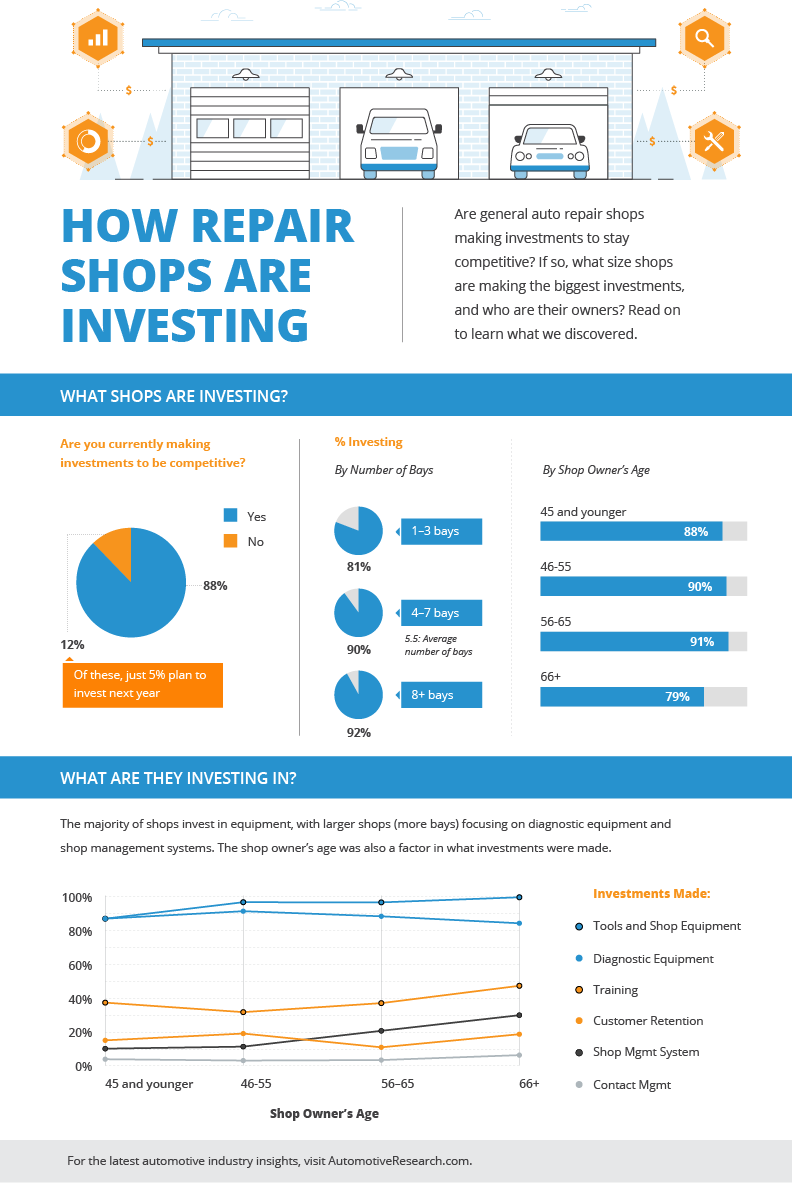Examining Your Vehicle'S Caution Indicators: What They Truly Share
Examining Your Vehicle'S Caution Indicators: What They Truly Share
Blog Article
Writer-Boye Gilbert
When you lag the wheel, those glowing caution lights on your dashboard can be a little bit bewildering. Do you recognize what they're trying to inform you about your auto's wellness? Recognizing the significance of these lights is important for your security and the durability of your car. So, read this post here of those lights appears, would not you wish to decode its message properly and take the needed steps to resolve it?
Common Caution Lighting and Interpretations
Determine common warning lights in your cars and truck and understand their significances to guarantee safe driving.
The most typical caution lights consist of the check engine light, which indicates concerns with the engine or emissions system. If this light comes on, it's important to have your car examined promptly.
The oil stress cautioning light indicates reduced oil pressure, calling for prompt focus to avoid engine damage.
A blinking battery light may recommend a defective billing system, potentially leaving you stranded otherwise attended to.
The tire pressure tracking system (TPMS) light informs you to reduced tire stress, affecting car security and gas efficiency. Neglecting this could bring about unsafe driving problems.
The ABS light indicates a problem with the anti-lock braking system, endangering your ability to quit rapidly in emergencies.
Lastly, the coolant temperature level advising light warns of engine overheating, which can cause severe damage if not fixed promptly.
Comprehending these typical warning lights will help you address concerns immediately and maintain secure driving problems.
Value of Prompt Attention
Recognizing the typical caution lights in your car is just the first step; the relevance of quickly resolving these cautions can't be emphasized sufficient to guarantee your security when traveling.
When a warning light illuminates on your control panel, it's your vehicle's method of connecting a possible concern that needs attention. Neglecting these cautions can bring about more extreme problems in the future, jeopardizing your security and possibly costing you a lot more in repairs.
Motivate interest to warning lights can stop breakdowns and accidents. As an example, a blinking check engine light could show a misfire that, if left ignored, could cause damage to the catalytic converter. Addressing this without delay can save you from a pricey repair work.
In a similar way, a brake system advising light could signal low brake liquid or worn brake pads, crucial components for your safety and security when driving.
Do It Yourself Troubleshooting Tips
If you observe a caution light on your control panel, there are a few do it yourself fixing suggestions you can attempt before seeking professional assistance.
The first step is to consult your auto's handbook to recognize what the specific caution light indicates. Occasionally carinteriorcleaner can be as easy as a loose gas cap triggering the check engine light. Tightening the gas cap might deal with the problem.
One more common concern is a reduced battery, which can trigger different alerting lights. Checking the battery connections for deterioration and ensuring they're secure may fix the issue.
If a caution light lingers, you can attempt resetting it by detaching the cars and truck's battery for a few mins and then reconnecting it. Furthermore, examining your lorry's fluid levels, such as oil, coolant, and brake fluid, can help troubleshoot alerting lights related to these systems.
Final thought
Finally, comprehending your auto's caution lights is vital for maintaining your car running smoothly and securely. By immediately addressing these alerts and knowing what they suggest, you can stay clear of pricey repair services and potential breakdowns.
Bear in mind to consult your cars and truck's guidebook for certain details on each alerting light and do something about it accordingly to ensure a hassle-free driving experience.
Keep informed, stay secure on the road!
